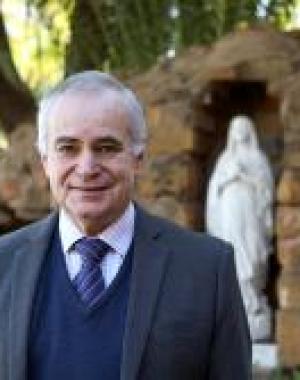In previous articles for this series, I have confined myself to authors who have written from a Catholic perspective. While it may be true that some contemporary educational practices are seriously at odds with the teaching of the Church, one should avoid the temptation to be dismissive of all contemporary educational theories. The General Directory for Catechesis makes it clear that the Church “assumes those methods not contrary to the Gospel and places them at its service… Catechetical methodology has the simple objective of education in the faith. It avails of the pedagogical sciences and of communication, as applied to catechesis…”[1] Indeed, there are some excellent contemporary practices that are entirely compatible with a Catholic vision of education. In this article, I will attempt to provide a brief introduction to the work of Professor John Hattie, currently the most “cited” educational theorist in the world. Hattie does not claim any Christian credentials; his claim is that he relies entirely on data and evidence. For this reason, John Hattie is widely unpopular in his own profession due to his refusal to support educational practices that are obviously failures. Among his key works are Visible Learning (2010), Visible Learning for Teachers (2011) and Visible Learning Feedback (2018). In these texts, Hattie examines many different educational practices and assigns them a score for their effectiveness. Many of the educational “fads” of the past fifty years, despite their popularity in schools, have received very low scores from him. It will not be possible in an article of this length to offer anything more than touch on Hattie’s findings, so I encourage readers to do their own research and investigate some of his many articles available online. They have interesting and valuable contributions to make to the science of pedagogy.
What I will offer in the remainder of this article is a very brief description of eight highly effective teaching practices identified by Hattie in Visible Learning, together with effect size scores. These are calculated using standard statistical measures which need not concern us here. An “effect size” of 0.4 is what should be expected from any sound teaching practice. It means that a student has improved at an average rate over a one year period. If the rating were to be 0.8, it means that the student has made double the amount of progress, equivalent to completing two years of learning in one year. Hattie works not only by conducting his own research, but also by cross checking his findings with multiple pieces of other research: a technique known as “meta-study.”
The rest of this online article is available for current Guild members.
This article is from The Catechetical Review (Online Edition ISSN 2379-6324) and may be copied for catechetical purposes only. It may not be reprinted in another published work without the permission of The Catechetical Review by contacting [email protected]


















